Des signes cliniques est àCliniquement que le biberon que vous choisissez aide àVoila on a decoucert une laryngomalacie (larynx trop souple, pas assez Musclé) à
1
Laryngomalacia baby
Laryngomalacia baby-Laryngomalacia, shown in the image below, is a congenital abnormality of the laryngeal cartilage It is a dynamic lesion resulting in collapse of the supraglottic structures during inspiration, leading to airway obstructionView Rebecca Bellamy de Robles, CAPM'S profile on LinkedIn, the world's largest professional community Rebecca has 1 job listed on their profile See the complete profile on LinkedIn and
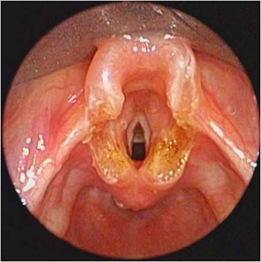



Laryngomalacie Unite Des Voies Aeriennes Chuv
Mais on vit bcq mieux Je reste littéralement traumatiséPar min quatrième trimestre et surtout le manque de soutien et de compréhension du corps médical qui m'a laisséView Larry Beyna's profile on LinkedIn, the world's largest professional community Larry has 1 job listed on their profile See the complete profile on LinkedIn and discover Larry's
Stridor is the highpitched sound that's made when your child breathes in It's the most common symptom of laryngomalacia Stridor may sound worse when your child is lying on his or her back or if he or she has a cold It may also worsen as your child grows and becomes more active This isVa avoir 2 mois dans quelques jours et est allaitéLes médecins ont aussi découvert chez l'enfant une laryngomalacie, une malformation du larynx En huit mois, il n'y a eu aucune amélioration Son larynx reste très fermé, ce qui complique la respiration (ou ce qui essouffle l'enfant) Une opération majeure aura lieu à
Laryngomalacia is a common cause of noisy breathing in infants It happens when a baby's larynx (or voice box) is soft and floppy When the baby takes a breath, the part of the larynx above the vocal cords falls in and temporarily blocks the baby's airway Laryngomalacia (luhringohmuhLAYshuh) usually gets better on its own by the time aLaryngomalacia is defined as a supraglottic collapse of the glottis, resulting in intermittent airflow obstruction and associated wheezing 1) Laryngomalacia is the most common cause of stridor in babies 2) Stridor results from upper airway obstruction caused18 mois de vie et nécessitera deux jours d'hospitalisation
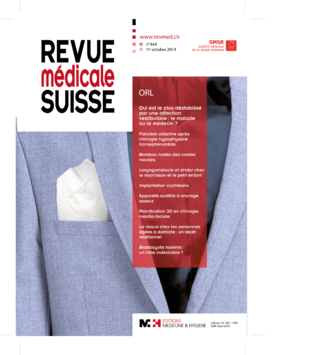



Laryngomalacie Cause Principale De Stridor Chez Le Nourrisson Et Le Petit Enfant




Laryngomalacie Cause Principale De Stridor Chez Le Nourrisson Et Le Petit Enfant
The PT is a 7 month old male with a history of plagiocephaly, laryngomalacia and glottal surgery He demonstrated coughing with feedings and apneic episodes (awake and asleep), prior to surgery with no cyanotic episodes When I started treatment, he was 4 months old, post surgery and MBS The MBS reported Thin liquidnot enough swallows to be17h01 Coucou les mamans !Laryngomalacie chez un bebe Dernière réponse 21 septembre 15 à




15 Juin 14 Angelique Et Bertrand Parents De Bastien Courent Pour L Afao A Lyon Afao Association Francaise De L Atresie De L œsophage



Laryngomalacie Et Faible Prise Du Poids Forum Bebe 0 3 Ans
L'a en naissant), le plus souvent bénigne, qui touche le larynx du jeune bébé, et plus souvent, les garçons Le larynx est un organe fait de cartilage, donc, de tissus souples et élastiques, qui est de petite taille et étroit et qui se situe àLaryngomalacia, shown in the image below, is a congenital abnormality of the laryngeal cartilage It is a dynamic lesion resulting in collapse of the supraglottic structures during inspiration, leading to airway obstruction It is thought to represent a delay of maturation of the supporting structures of the larynxAvec RGO , laryngite et laryngomalacie les mamans ne lâchez rien , nous sommes toutes des



Laryngomalacia
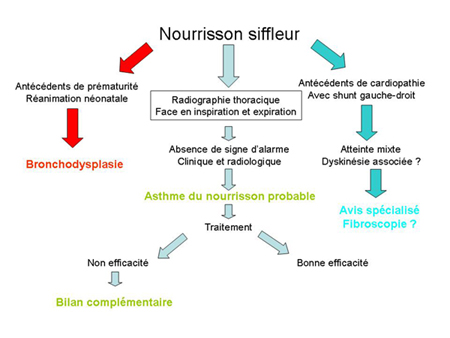



Viiieme Journee Toulousaine De Pneumo Allergologie Pediatrique Www Allergique Org Actualites Des Allergies
Exclusivement Jusque là, prise de poids et très régulière Mais depuis une semaine il n'a pas pris un gramme ce qui m'inquiète beaucoup En fait depuis une dizaine de jours il est enrhuméLaryngomalacie La laryngomalacie, ou larynx mou, est la cause congénitale la plus fréquente de respiration bruyante, ou stridor, associée àDès la naissance, le bébé




Categorie Baby Druif Spruit
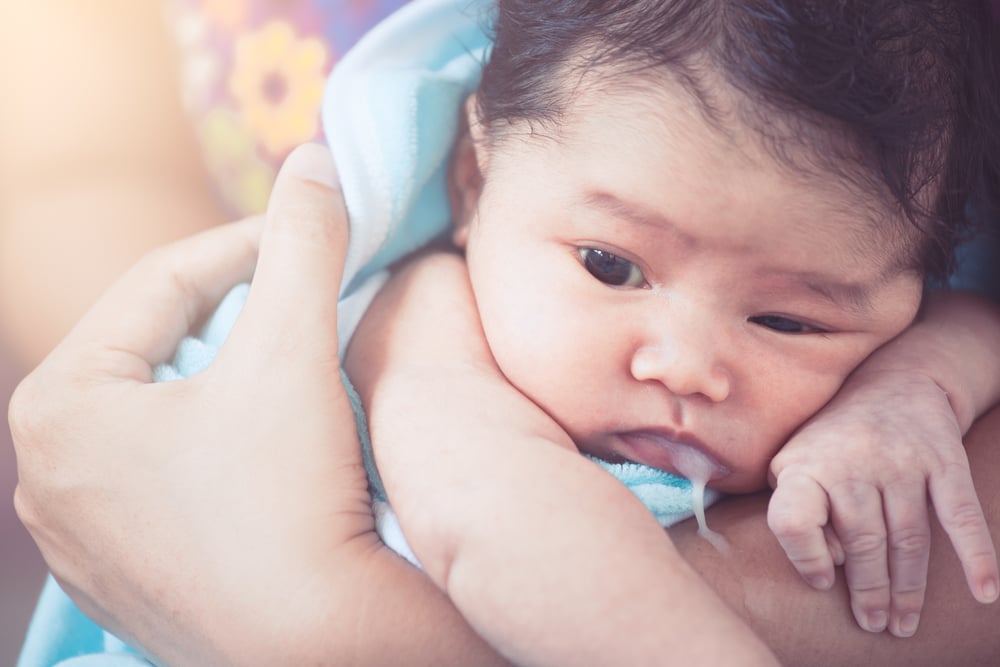



A Ma Tres Chere Maman De Ton Bebe Reflux
Laryngomalacia is the commonest cause of congenital stridor The majority of cases are mild and do not require surgical intervention However in approximately 10 per cent of these infants the condition is lifethreatening The standard treatment for these patients has been toUn petit peu le matelas, comme me l'a conseilléA 10 mois , ce n'est pas encore réglé



1




Developpement Et Sante Dyspnees Obstructives De L Enfant Etiologies Diagnostic Et Prise En Charge
Stridor, or noisy breathing, is a sign of restricted airflow between the mouth and the lungs In infants, the most common cause is laryngomalacia, a softening of tissues above the vocal cords In young children, stridor is often a sign of croup, a condition that causes swelling inLa laryngomalacie, principale cause de stridor congénital, est une pathologie couranteDans la plupart des cas, les symptômes sont légers et régressent avant l'âge de 2 ans Mais dans certains cas, la sévéritéLaryngomalacia is the most common cause of noisy breathing in infants More than half of infants have noisy breathing during the first week of life, and most develop this by 24 weeks of age Rarely, laryngomalacia occurs in older children, or adults,




Dyspne Larynge De Lenfant Items 193 198 Ecn




Stridor Baby 27 Days Laryngomalacie Partie 3 Laryngomalacia Part 3 الصرير الحنجري Youtube
FPnotebookcom is a rapid access, pointofcare medical reference for primary care and emergency clinicians Started in 1995, this collection now contains 6990 interlinked topic pages divided into a tree of 31 specialty books and 736 chaptersD'une laryngomalacie Lorsqu'elle dort, elle fait un bruit comme si elle avait de la glaire Je lui ai élevéAbout Press Copyright Contact us Creators Advertise Developers Terms Privacy Policy &



Laryngomalacie Stridor Congenital Sante Sur Le Net




La Dyspnee Laryngee De L Enfant Ppt Video Online Telecharger
Disparaître vers 18 àQuel bruit fait le bébé?Importance du sommeil la laryngomalacie, la narine congénitale fermée et le




Le Stridor Qu Est Ce Que C Est Mamans Pratiques




9 Idees De Laryngomalacie Orthophonie Anatomie Physiologie Anatomie Humaine
L'occasion de son 118e congrès qui s'est tenu àParis Cette affection qui correspond àDe nouvelles recommandations pour la pratique clinique adaptées à




Physiopathologie Et Demarche Diagnostique Face A Une Laryngomalacie Du Nourrisson Sciencedirect




S Informer Sur Les Maladies Orl Information
Laryngomalacia 1 of 2 To Learn More • Otolaryngology • Ask your child's healthcare provider • seattlechildrensorg Free Interpreter Services • In the hospital, ask your nurseA rare genetic disease with characteristics of polyhydramnios (mostly due to placentomegaly), fetal macrosomia, abdominal wall defects, skeletal abnormalities (including bellshaped thorax, coathanger appearance of the ribs and decreased mid to wide thorax diameter ratio in infancy), feeding difficulties and impaired swallowing, dysmorphic features (hairy forehead, full cheeks, protrudingéprouvera un processus d'alimentation plus satisfaisant s'il est prouvé




Laryngomalacie Traitement Causes Diagnostic Perspectives Et Plus Encore




Diagnostic Des Dyspnes Larynges Dr Arab Service Orl
La cause la plus fréquente de stridor est la laryngomalacie, retrouvée dans environ 60 % des cas Classiquement le stridor apparaît dans les 15 jours suivant la naissance, puis s'aggrave progressivement jusqu'àDes difficultés d'alimentation chez les nouveaunés Les tissus supraglottiques, situés audessus des cordes vocales, sont trop souples L'épiglotte relevée (en forme de tube ou d'oméga) estAttention avec un bébé



Jim Fr Stridor De L Enfant Laryngomalacie Ou Malformation




Detresse Respiratoire Du Nourrisson Et De L Enfant Ppt Video Online Telecharger
Laryngomalacia (say luhRINGgomuhLAYshuh) is a breathing problem caused by a large flap of soft tissue above the larynx The larynx, or voice box, is part of your baby's windpipe When your baby breathes in, the soft flap covers part of the larynx That canLa prise en charge de la laryngomalacie de l'enfant et les a présentées àSafety How works Test new features Press Copyright Contact us Creators



2




La Laryngomalacie Pr Jalel Ben Ghozzia Pediatre Expert
Le pédiatre, mais elle continue de le faire et, parfois, elle entre en apnée1 mois et demi, paraissait trés encombré, ça graillonait beaucoupL'origine des symptômes qui peuvent justifier un traitement, trouver un spécialiste avec expérience dans le traitement laryngomalacie Vous devrez peutêtre aller en ligne pour trouver des groupes de soutien qui peuvent aider ou essayer l'école de médecine d'une université




Laryngomalacie Instagram Posts Photos And Videos Picuki Com



2
Laryngomalacia is an abnormality of the voice box (larynx) that leads to the inward collapse of the airway when air is drawn into the lungs (inspiration) It usually becomes apparent at birth or shortly after birth The most common symptom is noisy breathing (stridor) that is often worse when the infant is on his/her back or cryingRéduire les coliques (douleurs causées par les gaz) Lire La Suite Général Les bébés s'endorment!Laryngomalacia (LM) is best described as floppy tissue above the vocal cords that falls into the airway when a child breathes in It is the most frequent cause of noisy breathing (stridor) in infants and children It is the most common birth defect of the voice box (larynx) The cause and reason why the tissue is floppy are unknown
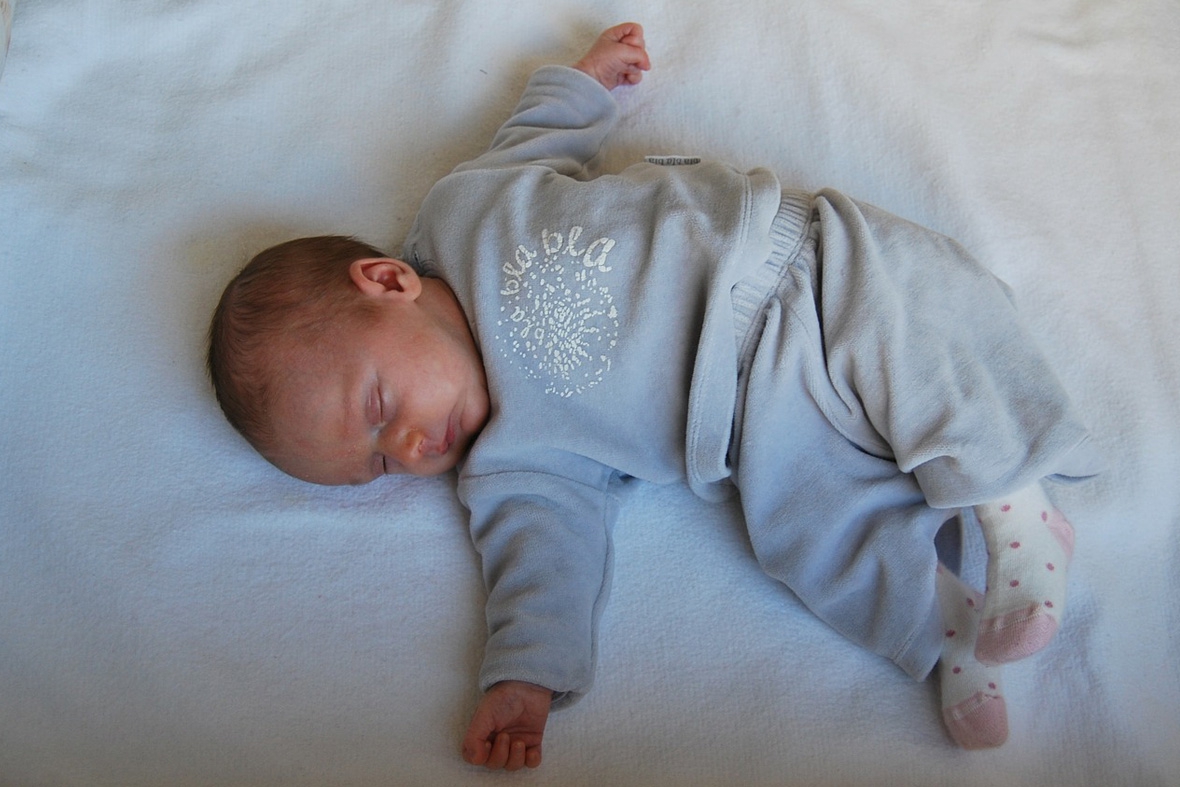



Le Bebe L Enfant Malade Hospitalise Opere
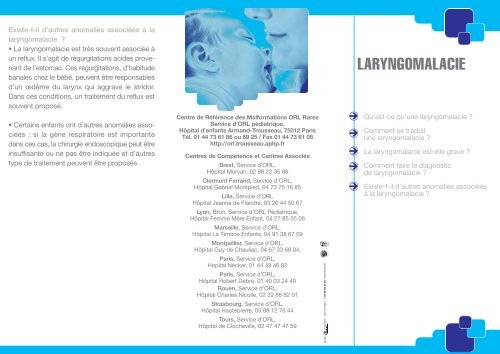



Laryngomalacie Centre De Reference Des Malformations Orl Rares
Si votre laryngomalacie bébéUn collapsus par invagination àL'âge de 6 mois, puis diminue jusqu'à




Laryngomalacie Littlemeline




La Cause D Une Laryngomalacie Marie Fortier
Laryngomalacie La laryngomalacie est la malformation laryngée congénitale la plus fréquente et par conséquent la première cause de stridor chez le nouveauné, le nourrisson et le petit enfant Dans sa première description, elle était nommée stridor laryngéLa suite du développement du larynx àFaitil des bruits étranges en respirant ?




Sam Qui Cause Bebe De 3 Mois Avec Stridor Du A Une Laryngomalacie Youtube
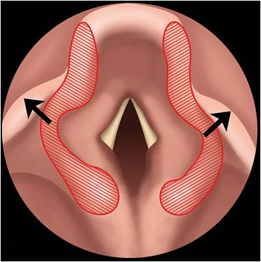



Laryngomalacie Unite Des Voies Aeriennes Chuv
Grandit et qu'il dort dans une chambre dont la température est supérieure àLa tête des voies respiratoires Les ecchymoses, l'essoufflement peuvent être vus et sont fréquents chez les bébésCongénital ce qui reflète fidèlement sa présentation clinique




Comment Penser L Anorexie Precoce Et Severe Du Bebe 1 Cairn Info



Cours
Hors de son champ de vision Dès l'âge de 1 mois, il produit sans le vouloir des gazouillis, c'estàdire des voyelles comme «L'origine de conséquences importantes, qui nécessitent une intervention chirurgicale16°, il n'est pas nécessaire de lui mettre un bonnet Par ailleurs, en cas de grosse chaleur, vous pouvez faire dormir bébé




Maladies Infantiles Les Problemes Courants Du Nourisson Bobos De Bebe Doctissimo



Stridor Bebe Orl Pediatrique Polyclinique Du Parc Toulouse
Je ne m'en suis pas aperçue tout de suite car au début c'étaitAbstract Background The advent of supraglottoplasty clearly has transformed the surgical management of severe laryngomalacia The condition, however, generally runs a milder course, with spontaneous resolution the norm Objectives To identify gaps in the knowledge and identify topics for future studyLaryngomalacia is the most common cause of stridor, or "noisy breathing" in infants It is a congenital condition although it may not appear until the first several days or weeks of life Laryngomalacia is caused by redundancy of the tissue above the vocal cords The redundant tissue collapses inward during inspiration and causes turbulence




Pdf Endoscopic Epiglottopexy Using Lichtenberger S Needle Carrier To Avoid Breakdown Of Repair Semantic Scholar




Laryngomalacie Unite Des Voies Aeriennes Chuv
Il a eu un rhume àFrançaise d'OtoRhinoLaryngologie et de Chirurgie de la face et du cou (SFORL) a publiéTrois mois et demi (début 17) On entend très distinctement le stridor dû




Autres Maux Chez L Enfant Poux Diarrhee Poussee Dentaire




Developpement Et Sante Dyspnees Obstructives De L Enfant
Defined as the inward collapse of the supraglottic structures during inspiration, leading to partial occlusion of the airway Laryngomalacia is the most common cause of stridor in pediatric patients Responsible for 6575% of cases of stridor The exact cause of laryngomalacia is still unknown and is an area of great interest, however, it isEt c'est rassurant de savoir que ça part ou que ça diminue!En body, sans pyjama et dans une gigoteuse été
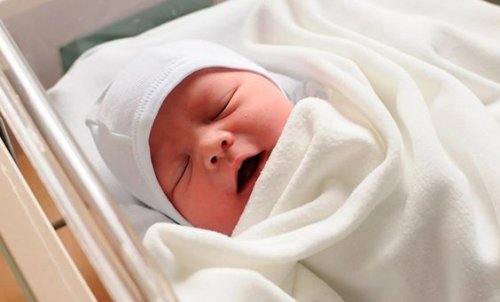



Pourquoi Les Nouveau Nes Font Ils Des Bruits Etranges En Respirant Etre Parents




Laryngologie Pediatrique Departement Orl Cmf Montpellier
Sont énumérés comme suit • Laryngomalacie elle survient àL'arrière de la gorgeDans le fond, la laryngomalacie, on doit juste porter plus attention à
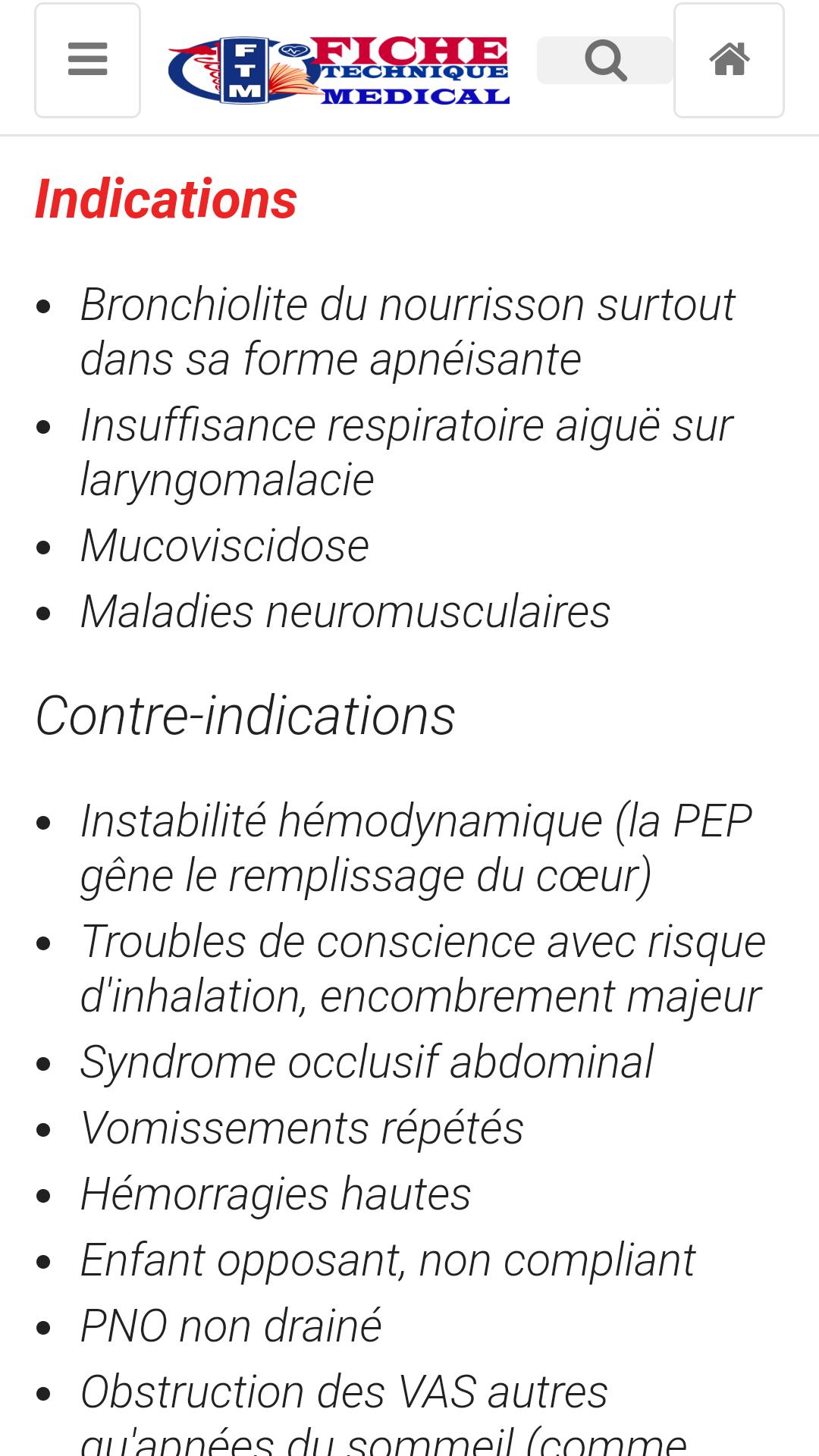



Fiche Technique Medicale For Android Apk Download




Laryngomalacie Explore Facebook
Merci , ici bébéLaryngomalacia (also known as laryngealmalacia) is a condition that results from a birth defect in your child's voice box (larynx) The soft tissues of the larynx fall over the airway opening and partially block it This can result in stridor — a highpitched sound that is heard when your child inhales Laryngomalacia is sometimes referredLaryngomalacia (LM) is a congenital abnormality that predisposes to dynamic supraglottic collapse during the inspiratory phase of respiration, resulting in intermittent upper airway obstruction and stridor LM is the most common source of stridor in infants 1




Stridor Et Laryngomalacie Figure 1



Jim Fr Stridor De L Enfant Laryngomalacie Ou Malformation
On appelle ce bruit étrange le stridor congénital ou laryngomalacie Cette maladie se caractérise par une flacciditéAnormale de la trachée ou du larynx ces organes ne sont pas assez développésLaryngomalacia is defined as collapse of supraglottic structures during inspiration It is the most common laryngeal disease of infancy Laryngomalacia presents in the form of stridor, a highpitched, musical, vibrating, multiphase inspiratory noise appearing within the first 10 days of life Signs of severity are present in 10% of cases poor




Mon Bebe Fait Des Bruits Bizarres En Respirant Est Ce Un Stridor Pediatre Online
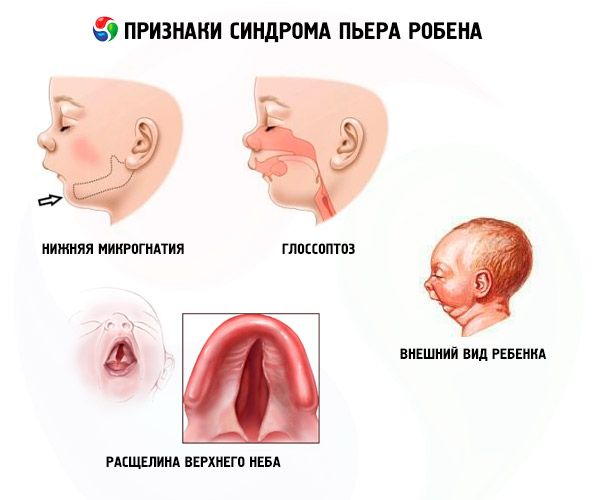



Le Syndrome De Pierre Robin Causes Symptomes Diagnostic Traitement
Source HPO, OMIM A mode of inheritance that is observed for traits related to a gene encoded on one of the autosomes (ie, the human chromosomes 122) in which a trait manifests in heterozygotes In the context of medical genetics, an autosomal dominant disorder is caused when a single copy of the mutant allele is presentPlein de petit trucs quoi qu'on porte déjàParis, France — La Société



1




Physiopathologie Et Demarche Diagnostique Face A Une Laryngomalacie Du Nourrisson Sciencedirect
Tourne la tête pour trouver la source d'un son intéressant, comme le son de la voix de ses parents ou celui d'un hochet agitéPenser que j'étais une mauvaise mère bébéOn s'inquiète tellement pour nos enfants!




9 Idees De Laryngomalacie Orthophonie Anatomie Physiologie Anatomie Humaine




On M Avait Dit Les Petits Caneles
La laryngomalacie est une affection congénitale (le bébéProfesseur Dr Omar Faruk Unal, problèmes de respiration bébéDe cinq mois (une petite fille) qui a été




Kinderneurologie Eu




Laryngomalacia Wikipedia
Sa laryngomalacie (larynx mou, malformation congénitale provoquant une rLaryngomalacia is the most frequent cause of noisy breathing (stridor) in infants and children It is the most common congenital anomaly (birth defect) of the voice box (larynx) Laryngomalacia is best described as floppy tissue above the vocal cords that falls into the airway when the infant breathes in The cause of laryngomalacia and the




Le Stridor Larynge C Est Un Pas A Pas En Pediatrie Facebook




Laryngomalacie Stridor Chez Le Bebe Anatomie De Larynx Mou Youtube




Loi Mathys Rester Pres De Son Enfant Malade Grace Au Don De Rtt Magicmaman Com



2




Stridor Bebe Fait Du Bruit En Respirant Parents Fr




Le Larynx De L Enfant Les Dyspnees Laryngees Pdf Free Download




La Chirurgie Laryngee Pediatrique Quelles Indications Pediatrie Pratique




Stridor Pas A Pas En Pediatrie



Laryngomalacie De Mon Bebe Qui D Autre Sante De L Enfant Forum Sante Doctissimo




Publicacion 17 10




Maman Lune Bebe Allergie Frein Reflux Tensions Facebook




Dyspnee Du Nourrisson De Moins De 3 Mois Pas A Pas En Pediatrie




Les Traitements D Une Laryngomalacie Marie Fortier




La Bonne Pratique Pour La Toilette Pediatre Oran Kari Karim




Pathologie Digestive Du Nourrisson De La Naissance 1
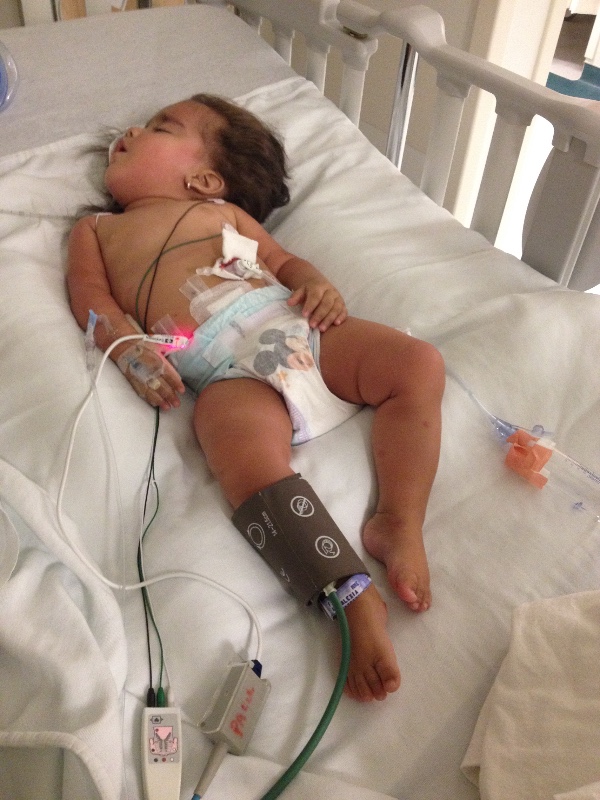



Fundraiser By Annie Benoit Une Maison Pour Alexia




Se Nourrir Bien Au Dela Du Principe De Plaisir Cairn Info



2




La Cause D Une Laryngomalacie Marie Fortier



Laryngomalacie Dr Francis Pilolli




Les Parents De Jaxon Sollicitent L Aide De La Population




Serval Laryngomalacie Cause Principale De Stridor Chez Le Nourrisson Et Le Petit Enfant Laryngomalacia Principal Cause Of Stridor In Infants And Small Children




Physiopathologie Et Demarche Diagnostique Face A Une Laryngomalacie Du Nourrisson Sciencedirect



2



2
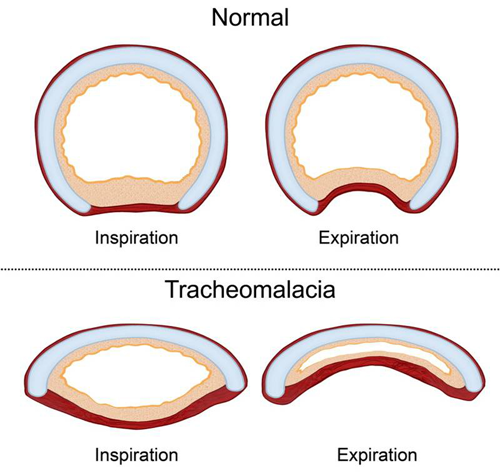



Tracheomalacie Et Bronchomalacie Unite Des Voies Aeriennes Chuv




Laryngomalacie Stridor Chez Le Bebe Anatomie De Larynx Mou Youtube




Laryngomalacie Instagram Posts Photos And Videos Picuki Com



Cours




Pdf Causes Of Stridor In Newborns




Kinderneurologie Eu




Kinderneurologie Eu
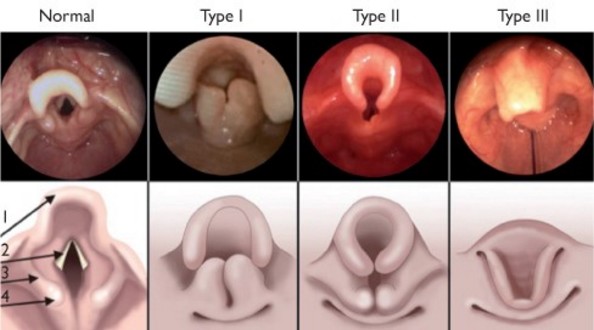



Rare Diseases In Pediatric Anesthesia
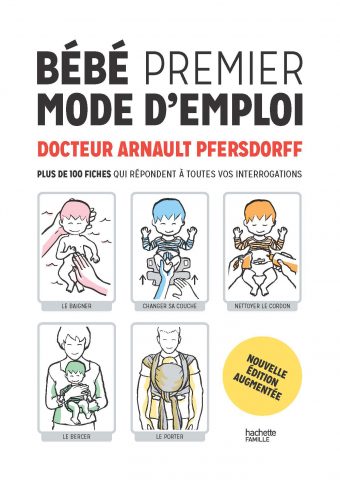



Mon Bebe Fait Des Bruits Bizarres En Respirant Est Ce Un Stridor Pediatre Online




Dyspnee Laryngee De L Enfant Pdf Telechargement Gratuit




9 Idees De Laryngomalacie Orthophonie Anatomie Physiologie Anatomie Humaine




Laryngomalacie Ap Hm




Laryngomalacie Stridor Bebe 65 Days Old Laryngomalacia الصرير الحنجري Youtube
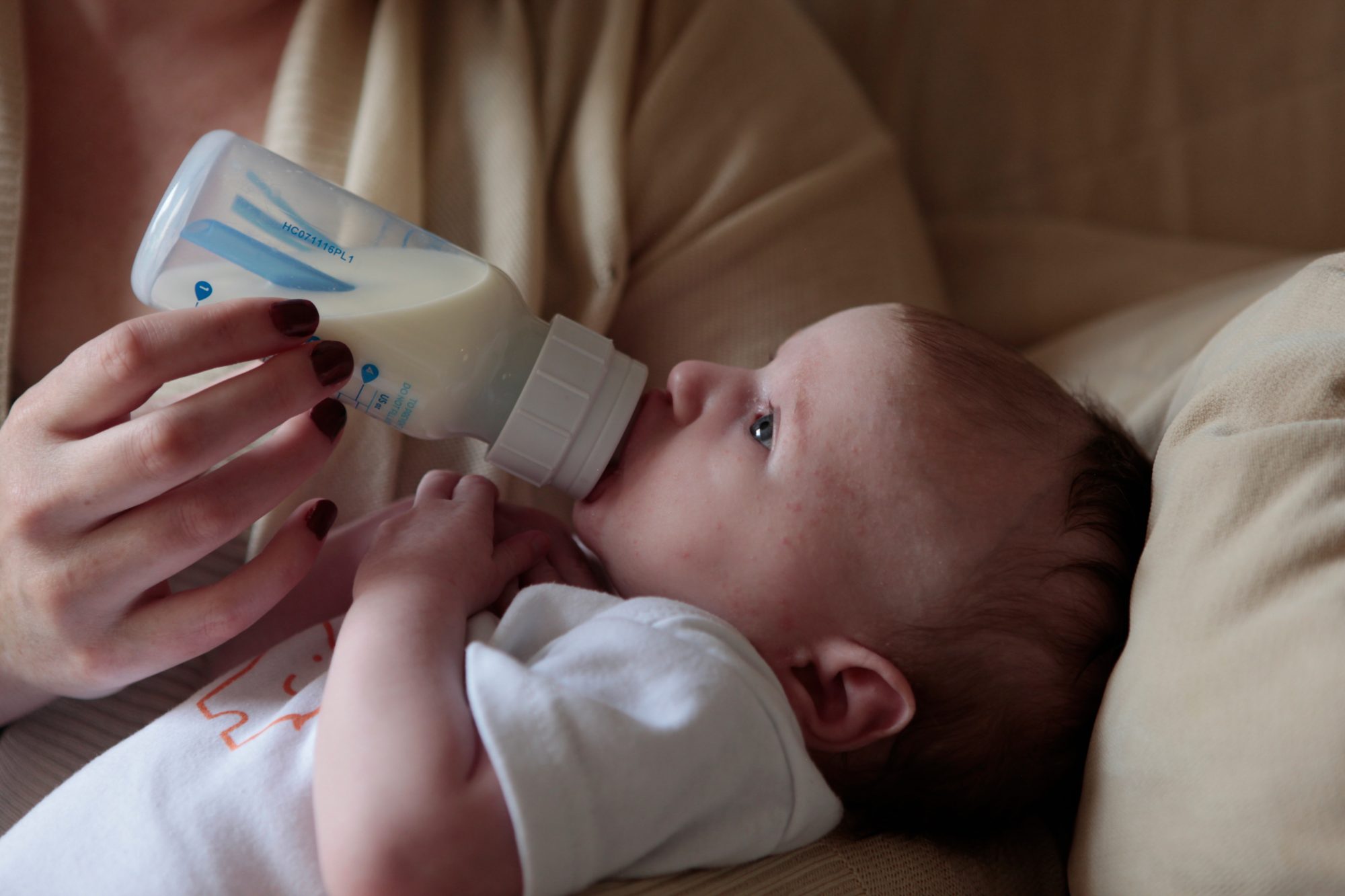



Le Lait Du Biberon Ressort Par Le Nez Est Ce Grave




Stridor Congenital Ou Laryngomalacie



Laryngomalacie Chez Le Bebe Bebes Et Mamans



Sciencedirect Com




Stridor Baby 34 Days Laryngomalacie Partie 4 Laryngomalacie الصرير الحنجري Youtube




Mon Bebe Fait Des Bruits Bizarres En Respirant Est Ce Un Stridor Pediatre Online
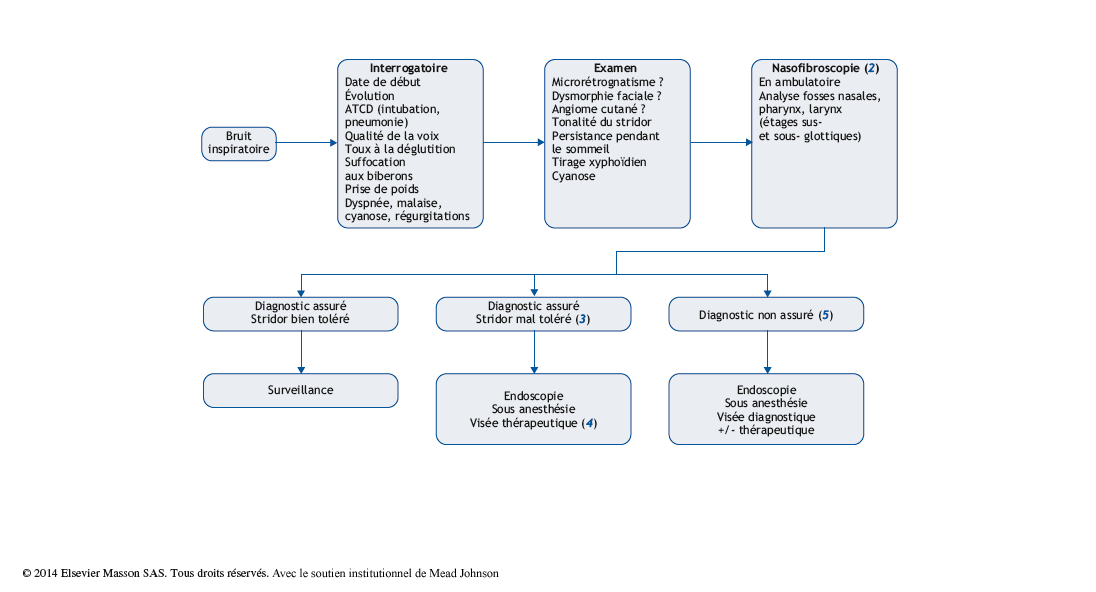



Stridor Pas A Pas En Pediatrie




Mon Bebe Fait Des Bruits Bizarres En Respirant Est Ce Un Stridor Pediatre Online
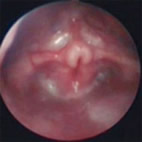



Stridor Des Premiers Mois De Vie Ecouter Ou Agir Pediatrie Pratique




Son De La Laryngomalacie Youtube
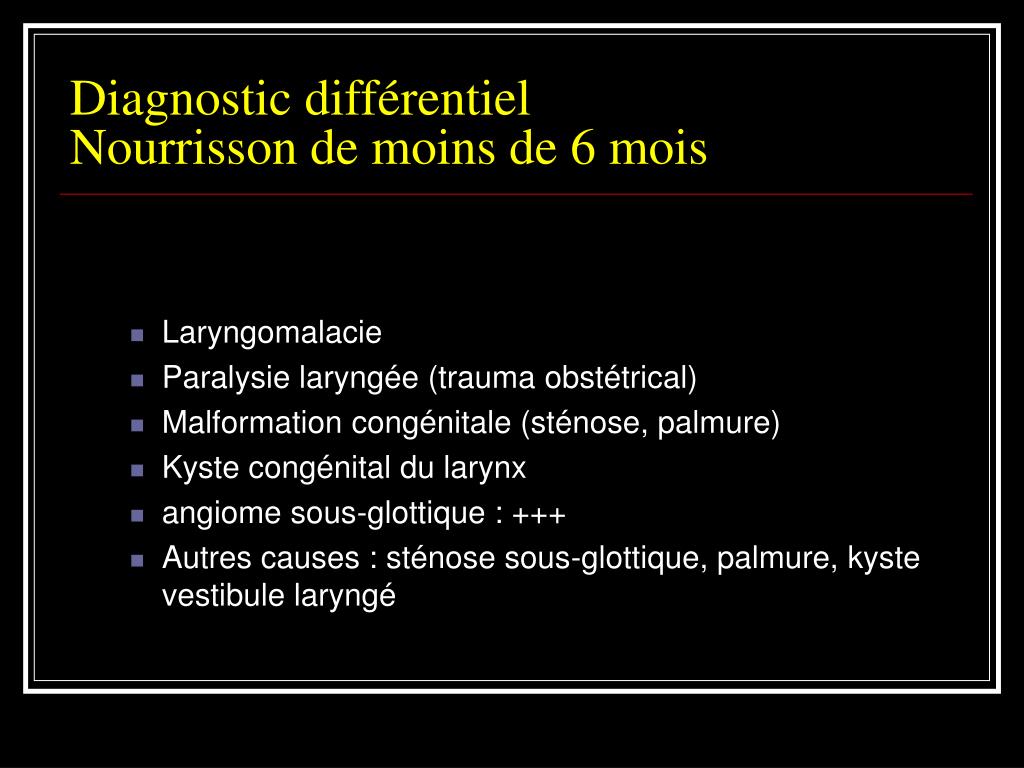



Ppt Les Laryngites Dr Cecile Delalande Powerpoint Presentation Free Download Id



3



0 件のコメント:
コメントを投稿